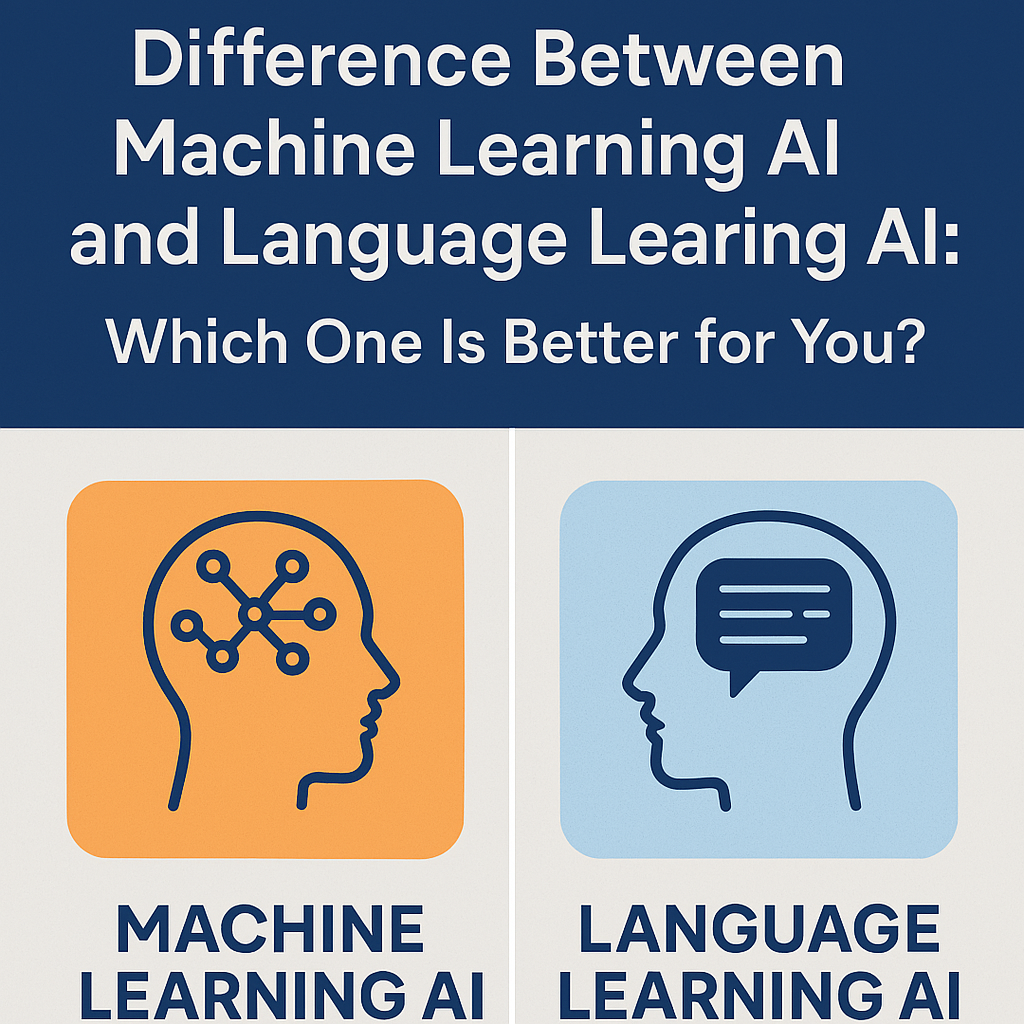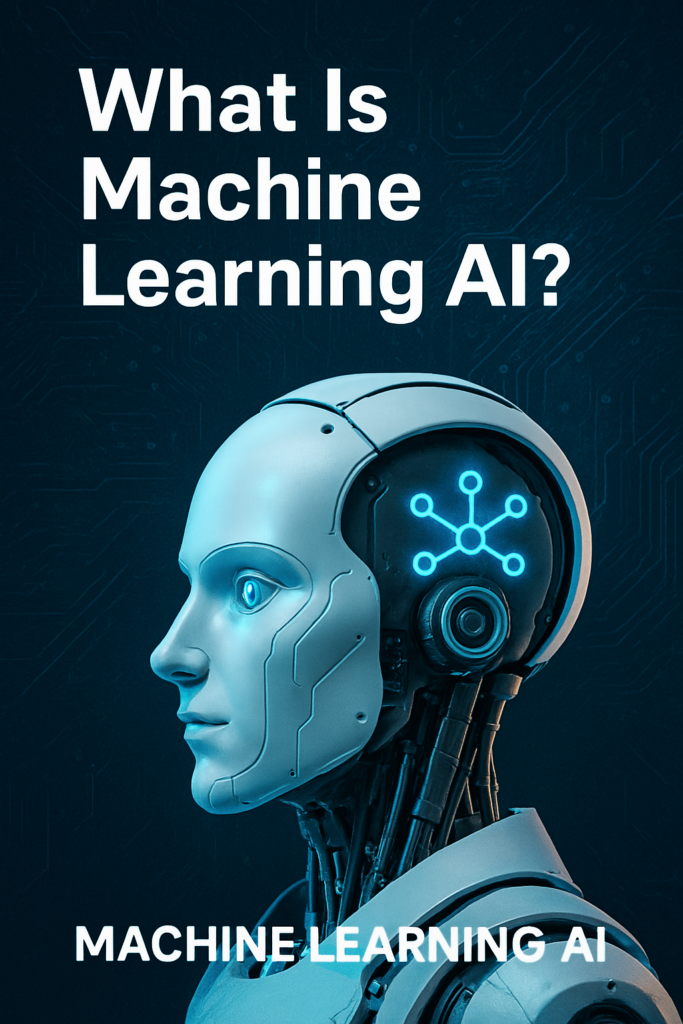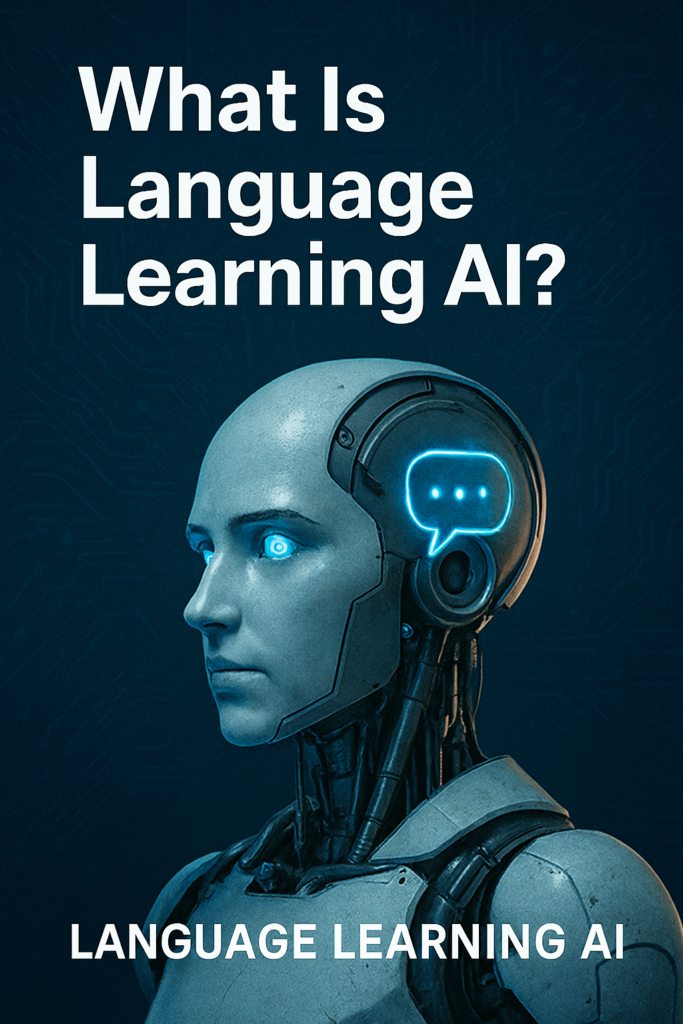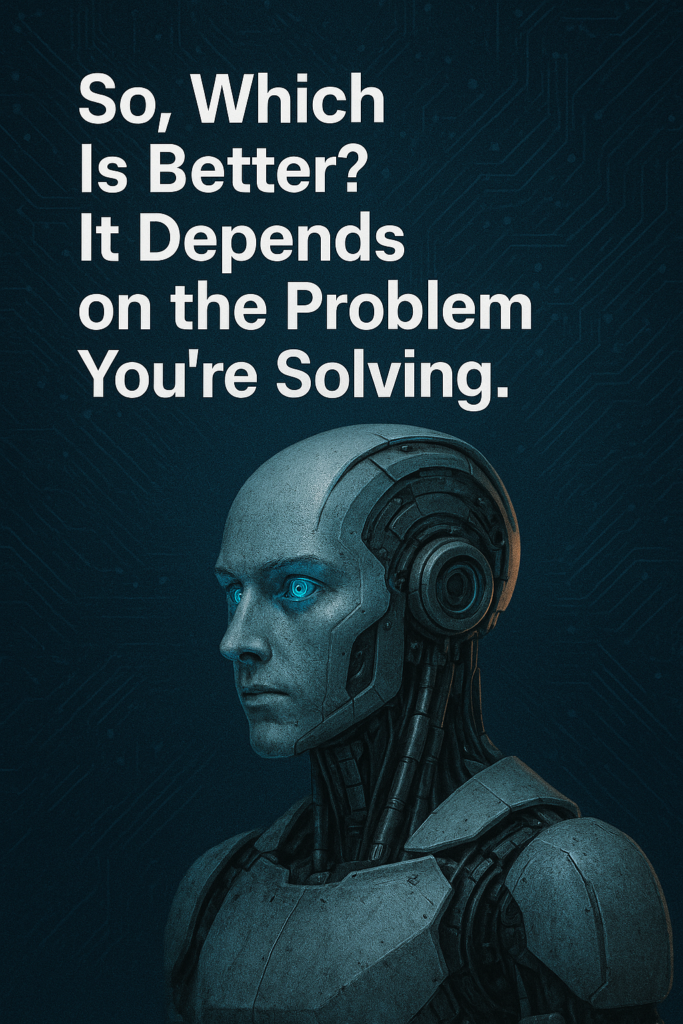
Artificial intelligence (AI) has come a long way in just the past decade. What was once a buzzword is now powering everything from our online shopping recommendations to medical diagnoses, self-driving vehicles, and even the tools we use to write emails or create marketing content.
But when people talk about “AI,” they’re often referring to very different kinds of systems. Two of the most important branches in the AI world are Machine Learning AI and Language Learning AI—and understanding the difference between them is key to knowing which one can help you achieve your goals.

Machine Learning (ML) is the foundation of modern AI. It refers to systems that learn patterns from data, improving their accuracy over time as they’re exposed to more information. These algorithms aren’t “programmed” in the traditional sense—instead, they’re trained using large datasets.
For example, machine learning is used in:
- Credit card fraud detection
- Predictive maintenance in manufacturing
- Image recognition in medical diagnostics
- Stock price prediction
- Ad targeting and customer behavior analysis
Machine learning models excel at classification, prediction, and decision-making tasks that require analyzing structured data (like numbers, time series, or labeled images).

Language Learning AI, also called Natural Language Processing (NLP) or Large Language Models (LLMs), focuses on understanding and generating human language. These models—like ChatGPT—are trained on billions of words from books, websites, conversations, and other forms of text. Their goal? To understand how we communicate.
This branch of AI is behind:
- AI chatbots and virtual assistants
- Email drafting tools
- Automated transcription and summarization
- Real-time translation
- Creative writing and idea generation
Language AIs shine when context, tone, nuance, and conversational flow matter. They can adapt their responses based on input and often sound surprisingly human.
So, Which Is Better?

The short answer: it depends on the problem you’re solving.
If you’re looking to analyze numbers, forecast outcomes, or spot trends in massive data sets—Machine Learning AI is your best bet.
If your challenge involves words, tone, or interaction with people—Language Learning AI is the right tool.
The most powerful solutions often combine the two. For example, a customer support bot might use machine learning to analyze user behavior, and language AI to respond in a helpful, human-like way.
Final Thoughts
Rather than asking which type of AI is better, a smarter question is: Which one fits your goal?
In today’s tech landscape, both types of AI offer incredible potential. The key is using the right tool for the job—and when used together, they’re even more powerful.
